Why are my geranium leaves turning yellow? We reveal the likely reasons
Geranium leaves turning yellow? Here's what could be going on with your plant, according to plant experts
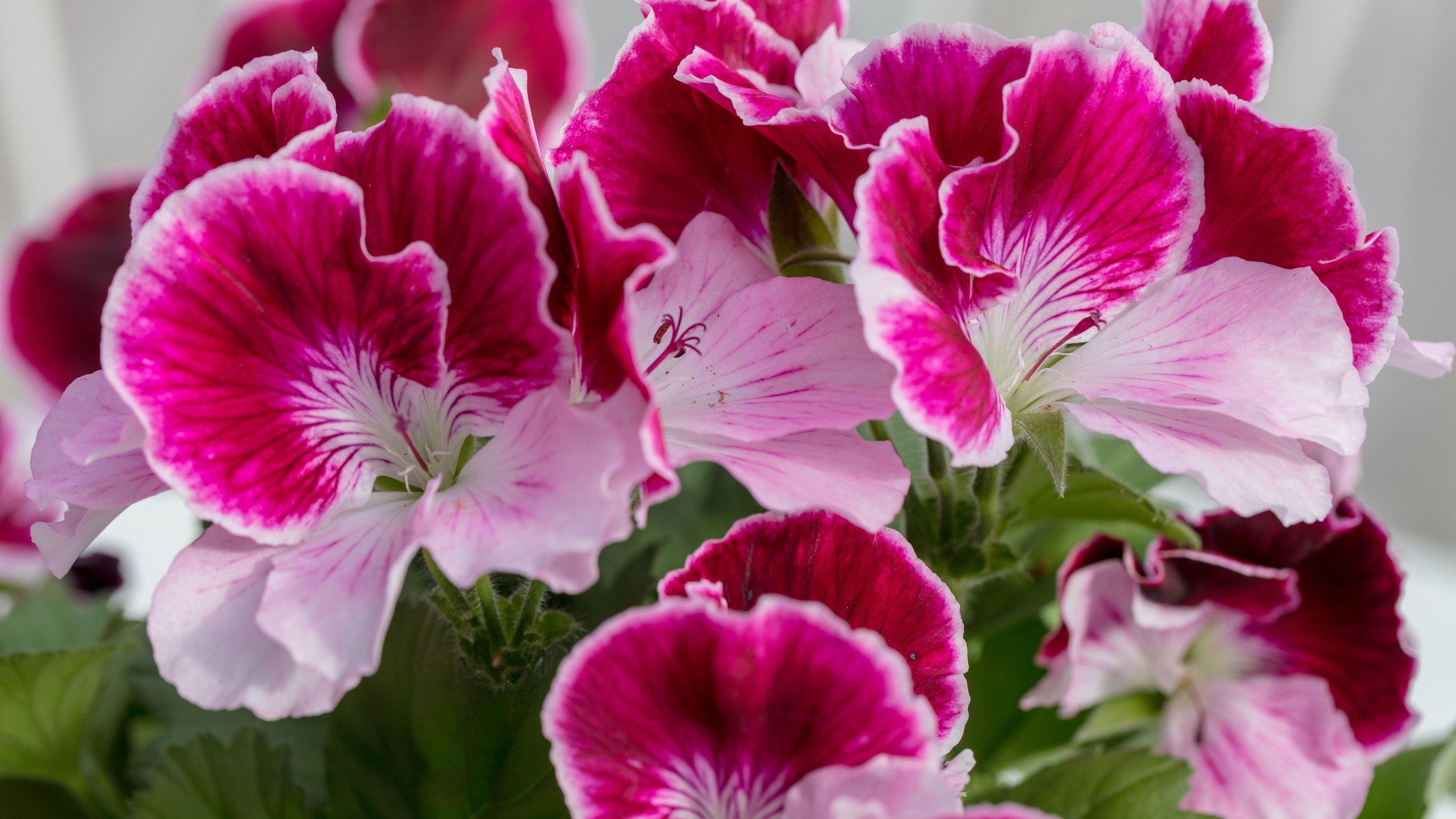

If you're wondering, 'why are my geranium leaves turning yellow?' there could be a few reasons for this noticeable change in the color of the foliage. Finding the most likely problem for your plant is key to getting it back to looking its best.
Geraniums make for some of the most resilient plants, often happily growing outside on patios in warmer weather or indoor on window sills for many years. Note: we are talking about pelargoniums here, not the hardy saucer-shaped geraniums you may be growing in your yard.
Provided you look after plants in summer and then overwinter your geraniums in frost-free, bright conditions, your geraniums should thrive year after year without any yellowing leaves.
An occasional leaf that's turned yellow is nothing to worry about and can just be snapped off without any harm done to your plant. But if multiple leaves are turning yellow, you should diagnose what may be going wrong for your plant.
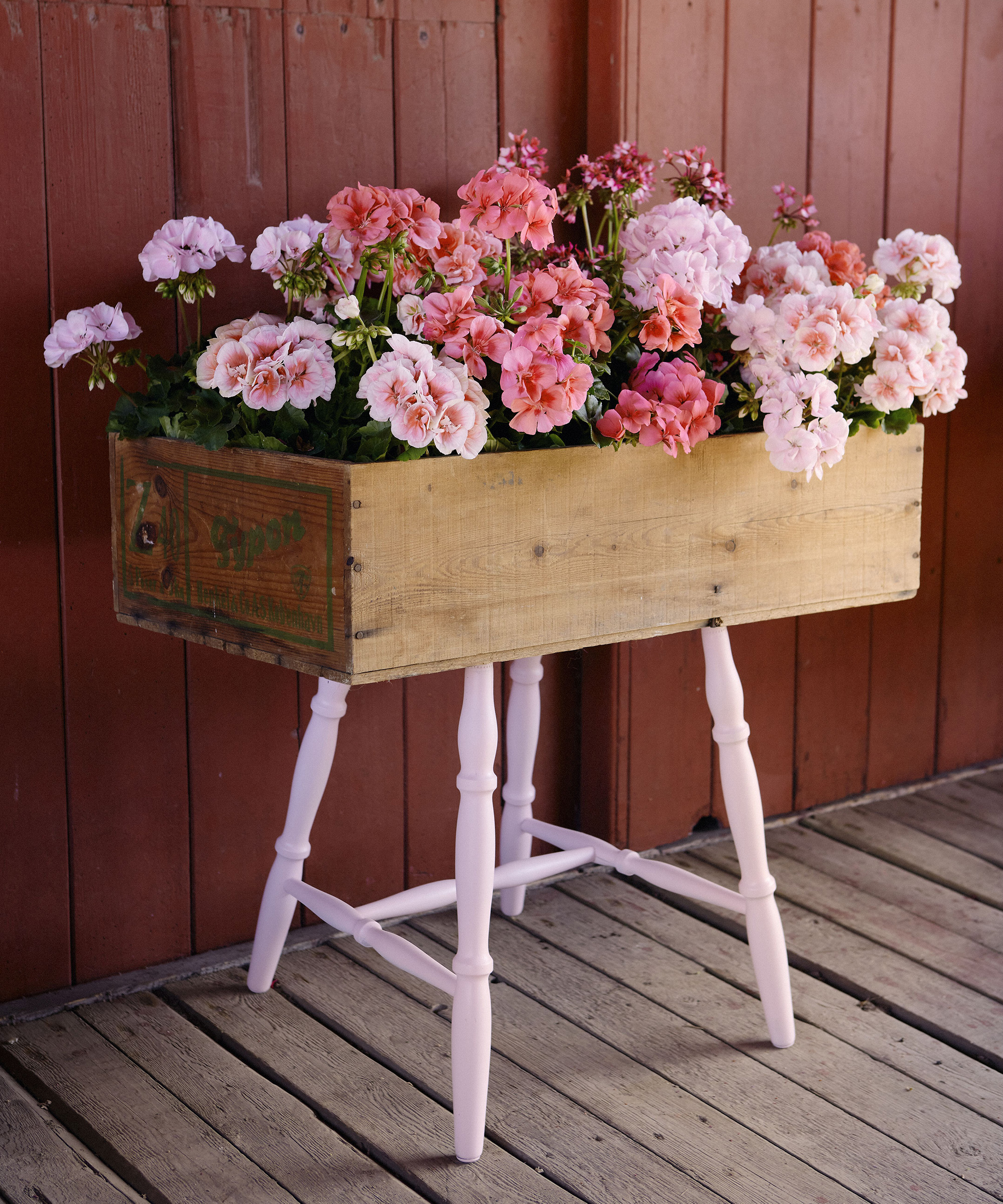
5 reasons why your geranium leaves are turning yellow
If you've noticed the leaves on your geranium turning yellow – particularly if you've moved your plant indoors over winter – here are the likely causes you should be looking out for.
1. Your geranium isn't getting enough sunlight
This is by far the most common reason for geranium leaves to turn yellow. Geraniums are not low light indoor plants as they love the sun, so if your geranium is indoors, place it as close to the sunlight as you can, ideally directly in a window.
Alex Tinsman, a gardener from HowToHouseplant.com, confirms that 'geranium plants will start turning yellow if they do not get enough light. The plants need to access at least six hours of direct sunlight each day and be placed near the window to access sunlight most times of the day.'
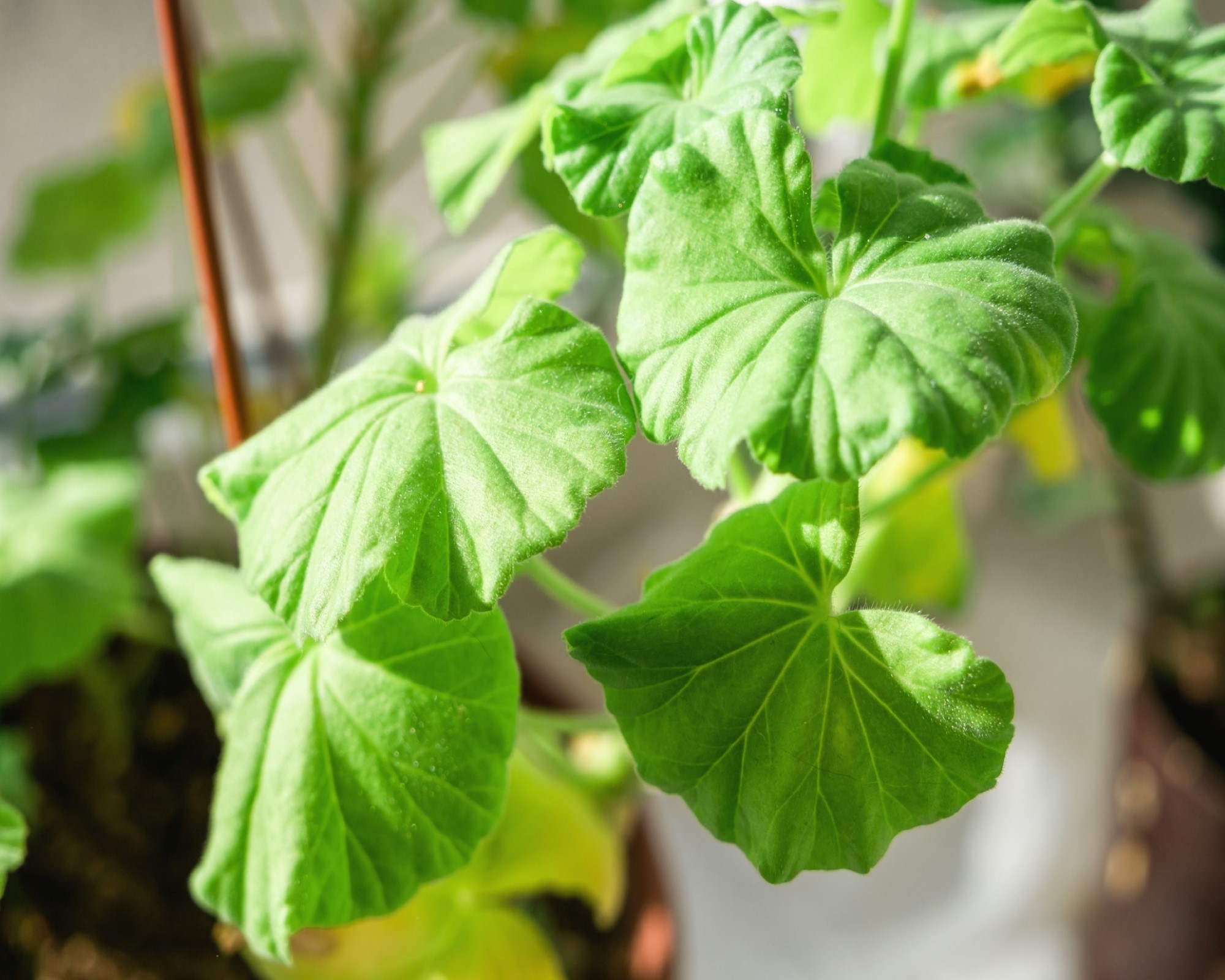
2. You are over- or underwatering your geranium
Geraniums like drying out between waterings, so avoid watering plants so much that the soil is soggy, as that can cause root rot, which can manifest in yellowing leaves.
Tatyana Zhuk, plant expert at the NatureID app, recommends allowing the topsoil to dry 'by about an inch (2cm) before watering your geranium again. You can check the soil moisture level with your finger or a wooden stick.'
When you do water again, 'aim to soak the entire soil, not just its top layer. Pour water at the base of the plant to directly moisturize the root system.' While geraniums dislike waterlogging, they also need water to access the roots.
3. You are watering with tap water
This is a good rule for the majority of indoor plants: avoid using tap water, especially in hard water areas.
Tatyana Zhuk says: 'Make sure to use only soft, room-temperature (filtered or left to settle for 1–2 days) water for watering. Watering with hard water containing excess salts can be harmful to the plant.'
Another option is to collect rainwater and then use this for watering your plants.
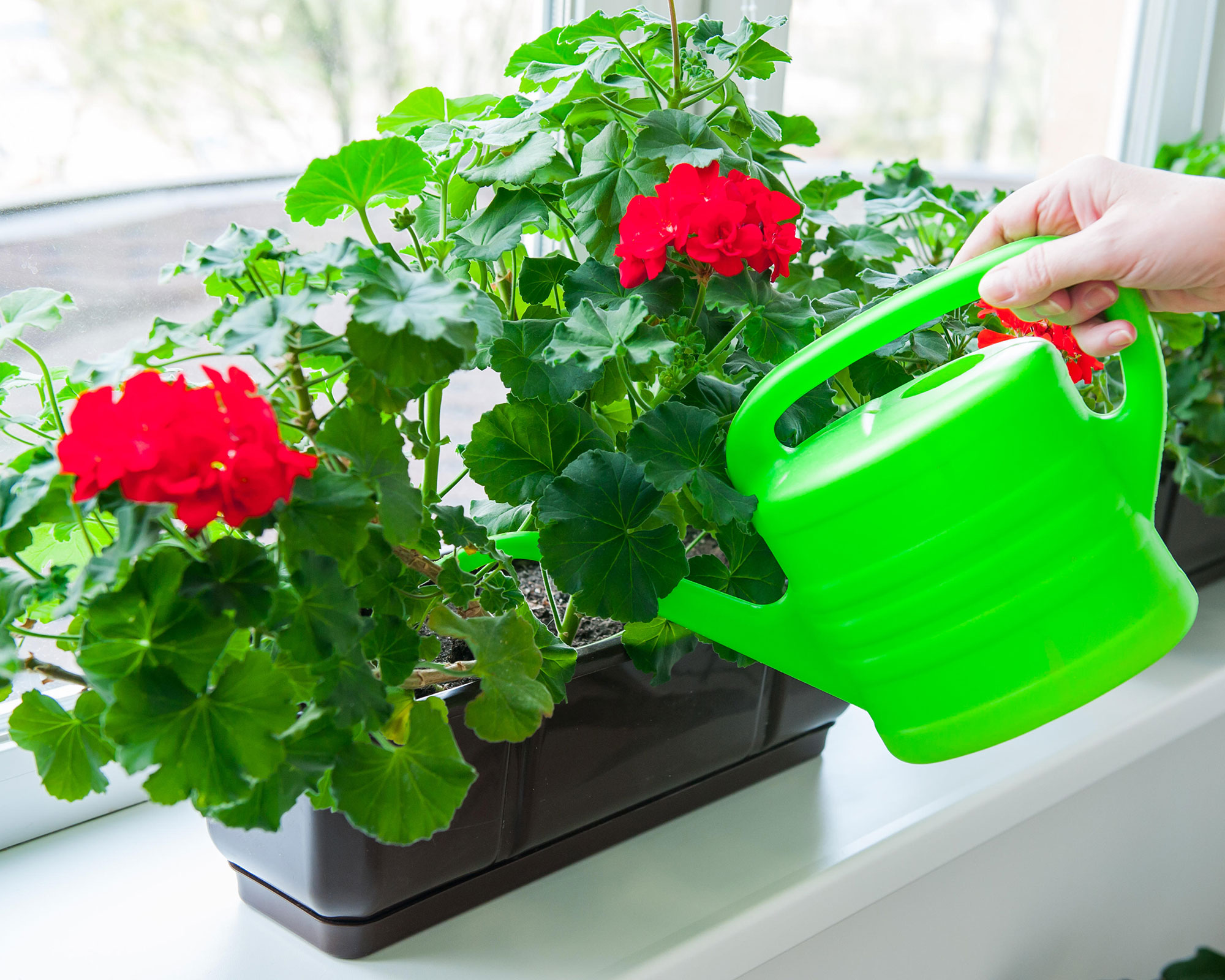
4. Your geranium isn't getting enough nutrition
Geraniums will do ok for a while in poor soil, but eventually, they will begin to decline. James Rivenburg, a plant expert from Plantandpest, explains that 'If you haven’t been fertilizing your plants regularly, the leaves can start to turn yellow.'
An all-purpose plant fertilizer, available from Amazon, will keep your plant healthy during the winter season. When the geranium begins to bloom in the summer, feed it a potassium-rich fertilizer like Tomorite (try Amazon) to encourage blooms.
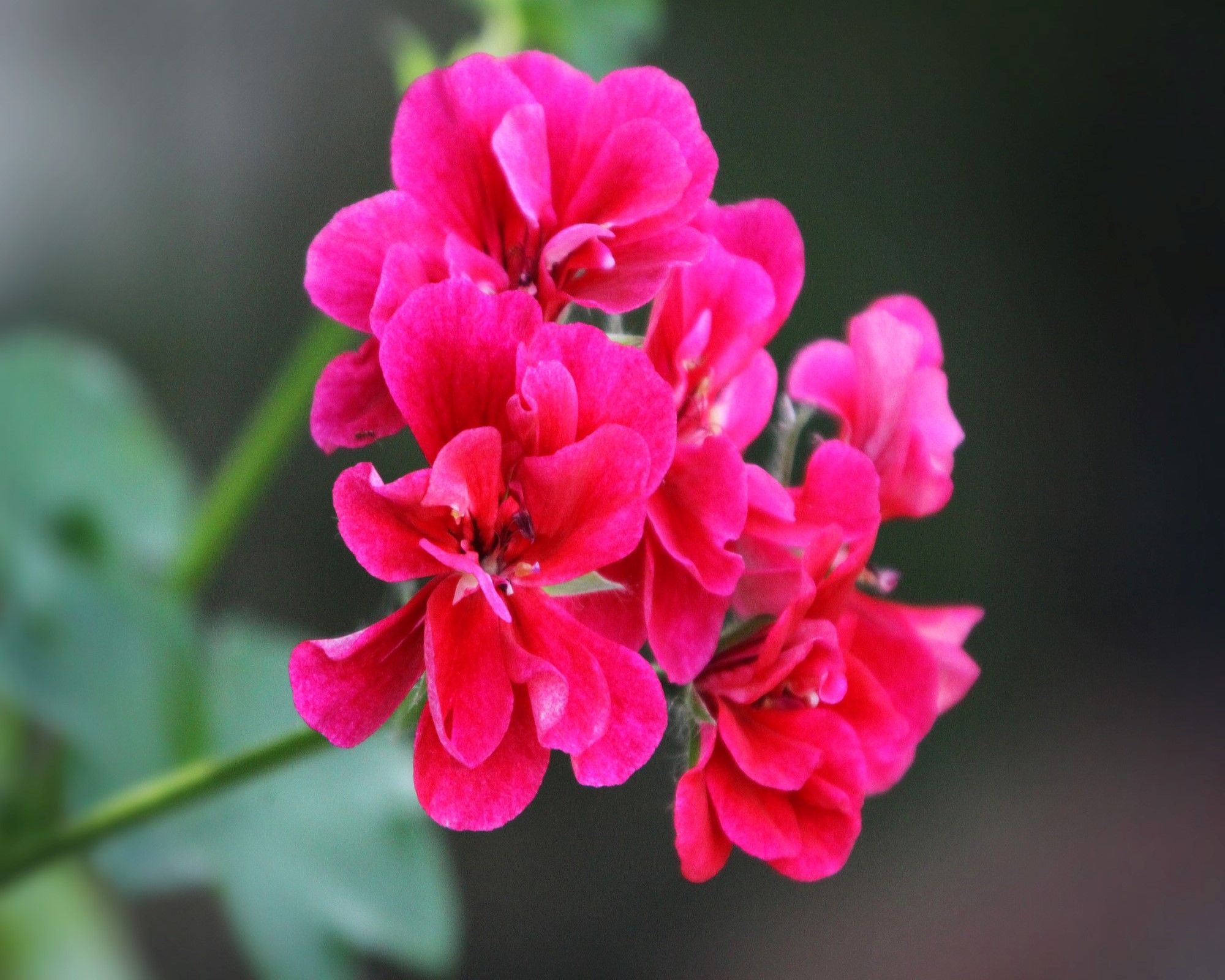
5. Your geranium is suffering from a disease
Finally, if your geranium leaves are turning yellow with small brown spots on the leaves, the geranium is likely suffering from a fungal infection or a pest infestation.
If there are no pests visible on the leaves, the problem is likely with the roots. Take the geranium out of its pot and examine the root system. If the roots and the soil around it are soggy, you might want to repot your plant into fresh, free-draining soil.
Avoid overcrowding your geranium plants too as that can cause the fungal disease to spread. Allow plenty of breathing space between pots.
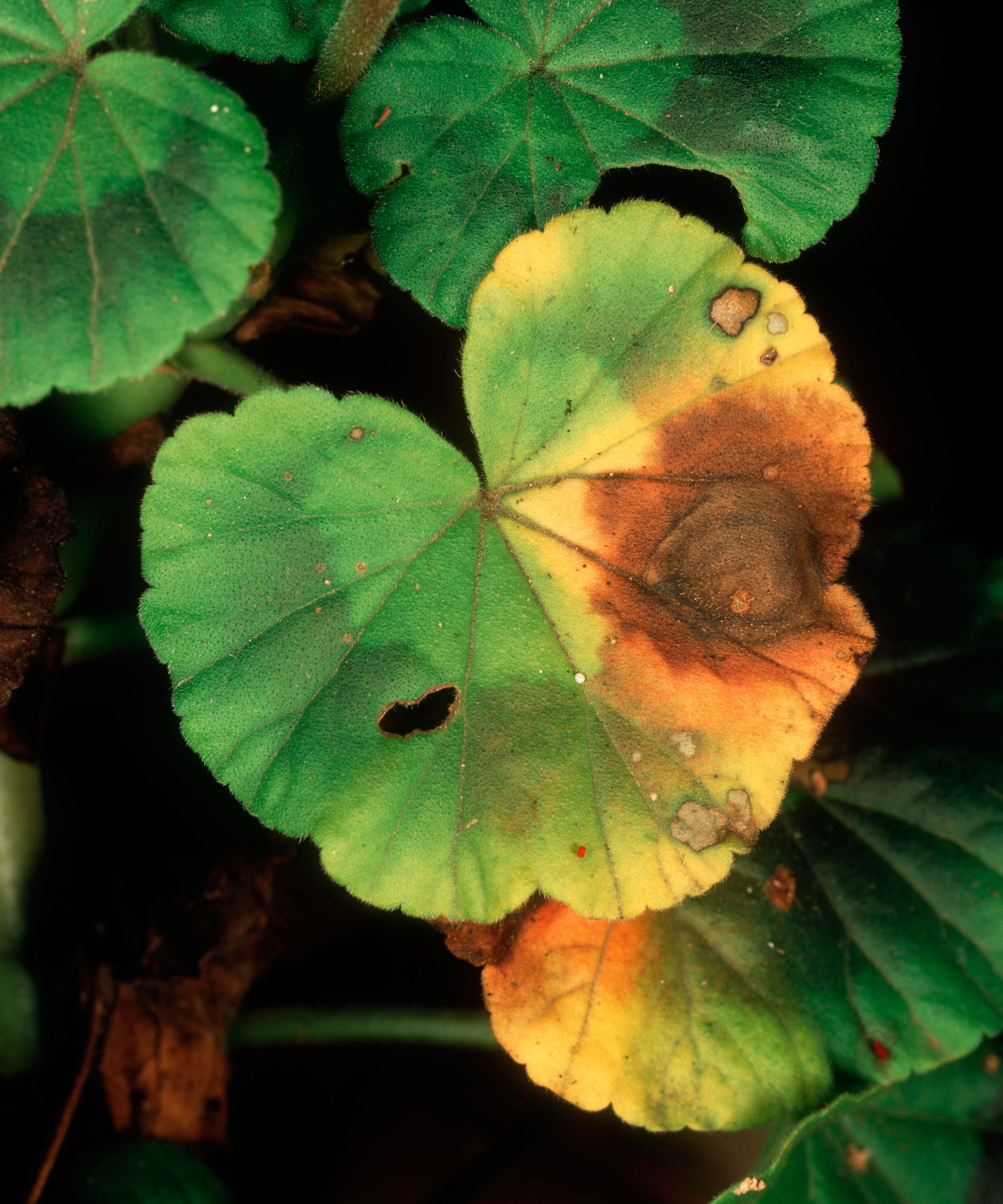
Anna writes about interior design and gardening. Her work has appeared in Homes & Gardens, Livingetc, and many other publications. She is an experienced outdoor and indoor gardener and has a passion for growing roses and Japanese maples in her outside space.
